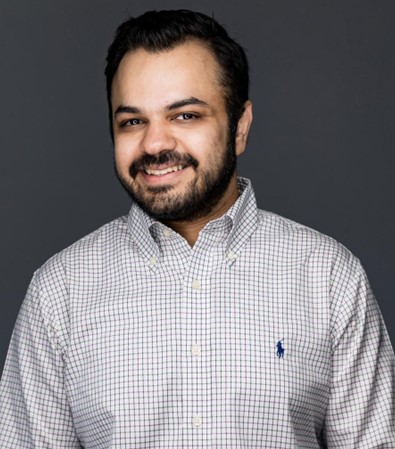By MIKE MAGEE
If you wanted to create a motto for the summer of 2023 – one that would stand the test of time from the medical exam room of Ohio to the gilded bathroom of Mar-a-lago – it would have to be Jack Smith’s “Facts matter!” If that is true on a national scale, it is equally true in states across the nation where doctors increasingly are coming out from behind a self-imposed clinical curtain and going public.
As reported in ProPublica last week, “Doctors who previously never mixed work with politics are jumping into the abortion debate by lobbying state lawmakers, campaigning, forming political action committees and trying to get reproductive rights protected by state law.”
A few examples:
1. One thousand Ohio doctors signed a full-page ad titled “A Message to our Patients on the loss of Reproductive Rights” in the Columbus Dispatch in response to actions of a state legislature highjacked by radicalized Republicans enacting a 6-week abortion ban post the Dobbs decision. This was after their coalition delivered a protest letter with 700,000 signatures earlier to the State House.
2. Dr. Damla Karsan, a Houston obstetrician, faced off Texas legislators on July 20th, lending truth to power when she said , ““I feel like I’m being handicapped. I’m looking for clarity, a promise that I will not be persecuted for providing care with informed consent from patients that someone interprets is not worthy of the medical exception.”
3. In Nebraska, the doctor-led “Campaign for a Healthy Nebraska” raised $400,000 to hire political consultants to launch a women’s health rights campaign which helped the Nebraska Medical Society “find its inner voice” and openly oppose abortion restrictions in that state. State Senator Danielle Conrad was impressed. She said, “It’s really just incredible from my vantage point to see how these doctors have been able to not be hobbled by those decades of political baggage, to step forward with this fresh, clear medical perspective and be able to engage more people.”
4. A month earlier, Dr’s Katie McHugh, Gabriel Bosslet, Caroline Rouse and Tracey Wilkinson penned an Op-Ed in STAT in support of their colleague, Dr. Caitland Bernard, who had come to the rescue of a 10 year old Ohio rape victim who had fled to Indiana to gain access to an abortion. Caitlin was shamefully fined $3,000 by the Indiana State Licensing Board. Her colleagues wrote, “While a relatively minor punishment, this finding should send a chill through the medical community and beyond. But that chill shouldn’t be silencing.”
5. In Michigan, a doctor-led group, the Committee to Protect Health Care, teamed up with the ACLU, and successfully passed “Proposal 3”, a “constitutional amendment to enshrine reproductive rights into the state constitution.” Dr. Rob Davidson declared, “This is a historic victory for reproductive rights in Michigan, and the Committee to Protect Health Care was proud to help get Proposal 3 across the finish line.”
Yesterday’s indictment of Donald Trump, the citizen, squarely places him and his legislative enablers in Washington and Republican led state houses across our nation, on the wrong side of the truth. As reported, he is accused of “three conspiracies: one to defraud the United States; a second to obstruct an official government proceeding, the certification of the Electoral College vote; and a third to deprive people of a civil right, the right to have their votes counted.”
But what he and his Republican supporters in Washington and state houses across the nation are primarily guilty of, is not simply lying and deceit, but attempting to destroy our democracy and disenfranchise our voters. That is why prosecution under Civil Rights statutes employed in the past to address the savagery of the KKK, are totally appropriate here. Jack Smith’s “stand tall” leadership is a model for us all, and that includes our doctors and nurses.
As I have repeatedly argued, the health of our democracy is inseparably interwoven with the health of our system of caring for each other. At the helm of this system, our health professionals have survived the hurricane force winds of a pandemic, an inequitable and inefficient health delivery system, and a medical-industrial complex that is more focused on seizing patents than serving patients.
And yet, today we take heart. Our physicians, in growing numbers, are rediscovering their strength and their voices. Like Jack Smith, they are speaking up, in opposition to a small group of bitter and evil leaders, who have earned our active condemnation, and now must face the weight of the law.
Mike Magee MD is a Medical Historian, regular THCB contributor, and the author of CODE BLUE: Inside the Medical-Industrial Complex.















